Aloha! If you have plans to be in Honolulu next week for #BMTTandem16, then one of the “must do” sights is the walk to the top of Diamond Head. It towers over Waikiki and is a major landmark for anyone travelling in an easterly direction.
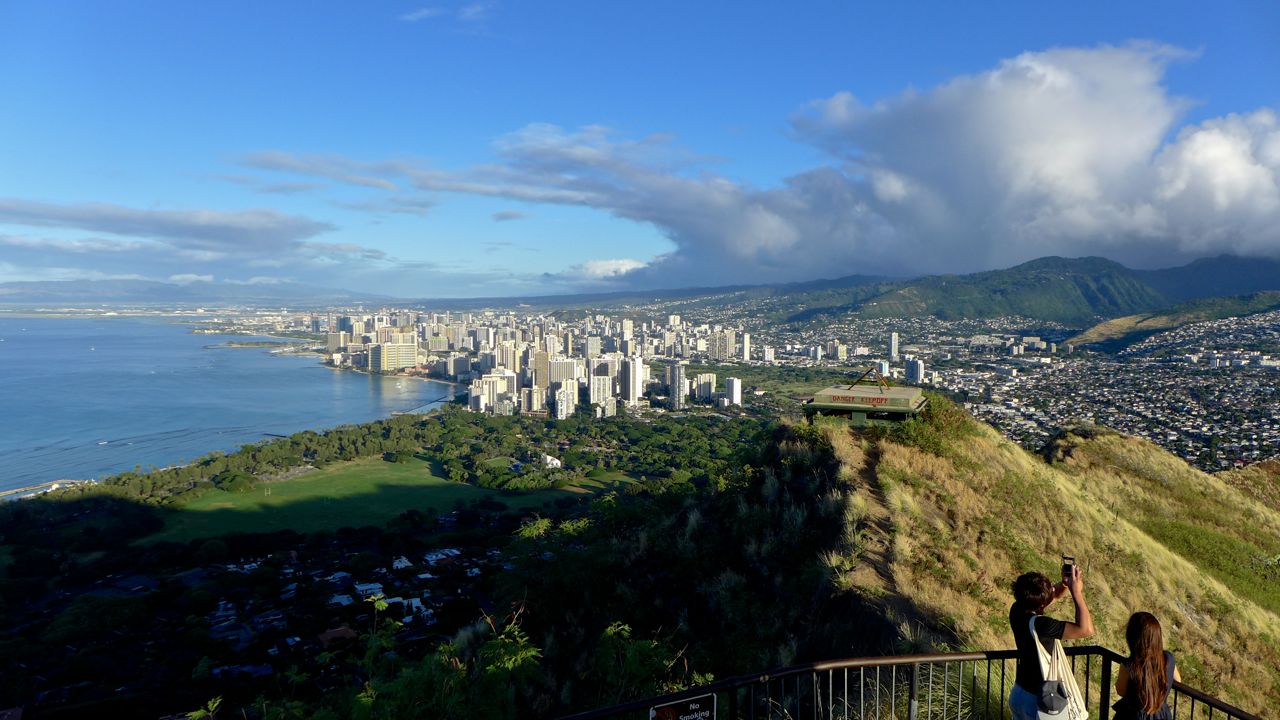
One way to get there is to start early and take the #23 The Bus ($2.50 fare, exact change) from Ala Moana & Waikiki to the state park entrance. The path starts off deceptively easy, kicks in with some uneven surfaces and hits you with a pile of steps near the top. Sensible shoes, water and sunscreen recommended.
The spectacular views at the end are well worth it, especially if you catch the sunrise/early morning light and manage to avoid arriving at the summit at the same time as busloads of Japanese tourists with the same idea. It’s a popular attraction!
One of the reasons for going to the top of hills and mountains is to see the “big picture” of the landscape below. In writing and reporting on the latest innovations in biomedicine, we often focus on the results of one trial or news from one company; yet it’s also important to see how the pieces of the jigsaw fit together.
That’s why pharmaceutical marketers and new produce development specialists often commission custom reports that review the strategic landscape in a therapeutic area.
As part of our coverage of #BMTTandem16, we’re taking a look at some of the strategic trends and drivers in the Graft versus Host Disease (GvHD) space.
It’s an area of unmet medical need and market opportunity.
Anyone with an interest in allogeneic “off the shelf” CAR-T cell therapy should already appreciate the significance of GvHD as a potential complication. If you don’t, then you’ve not been reading BSB…
This post is not intended to be a substitute for a landscape report, but offers some top line thoughts on some of the strategic drivers to look out for.
Subscribers can login to read more or you can purchase access.
This content is restricted to subscribers

 Aloha!
Aloha!

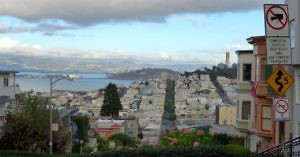 One of the interesting immuno-oncology presentations at the recent ASCO Genitourinary Cancers Symposium held in San Francisco from Jan 7 – 9, 2016 was presented by
One of the interesting immuno-oncology presentations at the recent ASCO Genitourinary Cancers Symposium held in San Francisco from Jan 7 – 9, 2016 was presented by  We’re continuing our post-meeting coverage of the 2016 Genitourinary Cancers Symposium (ASCO GU) that took place earlier this month in San Francisco.
We’re continuing our post-meeting coverage of the 2016 Genitourinary Cancers Symposium (ASCO GU) that took place earlier this month in San Francisco.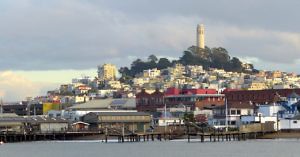 At the recent ASCO 2016 Genitourinary Cancers Symposium (ASCO GU) that took place in San Francisco the week before the JP Morgan Healthcare Conference (JPM), one of the noteworthy presentations was on a novel target for men with advanced prostate cancer.
At the recent ASCO 2016 Genitourinary Cancers Symposium (ASCO GU) that took place in San Francisco the week before the JP Morgan Healthcare Conference (JPM), one of the noteworthy presentations was on a novel target for men with advanced prostate cancer.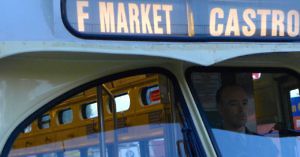 It’s Day 3 of the JP Morgan Healthcare Conference in San Francisco, and we hope that you’re enjoying our commentary and analysis around some of the presentations & news each day. If you’re reading this and aren’t a subscriber already, then why not become one?
It’s Day 3 of the JP Morgan Healthcare Conference in San Francisco, and we hope that you’re enjoying our commentary and analysis around some of the presentations & news each day. If you’re reading this and aren’t a subscriber already, then why not become one?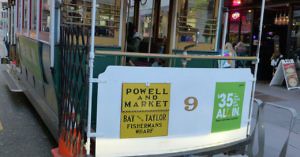 It’s Tuesday at the 2016 JP Morgan Healthcare conference in San Francisco (Twitter #JPM16).
It’s Tuesday at the 2016 JP Morgan Healthcare conference in San Francisco (Twitter #JPM16). It’s Day 1 of the annual pilgrimage to San Francisco for the JP Morgan Healthcare conference. In light of the success of the daily rolling blogs we’ve done around the conferences we cover, for the first time we’re doing a rolling blog for each day of #JPM16.
It’s Day 1 of the annual pilgrimage to San Francisco for the JP Morgan Healthcare conference. In light of the success of the daily rolling blogs we’ve done around the conferences we cover, for the first time we’re doing a rolling blog for each day of #JPM16.